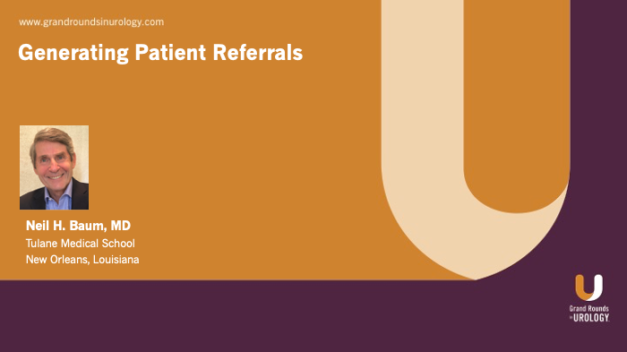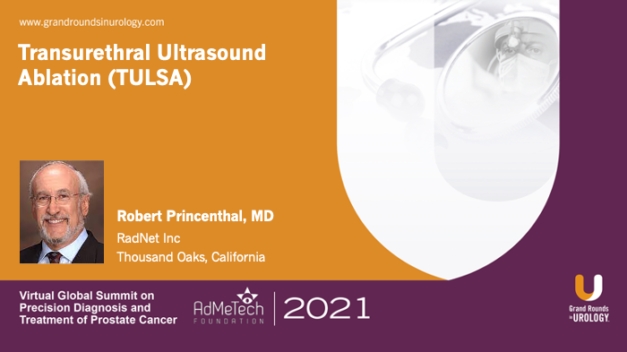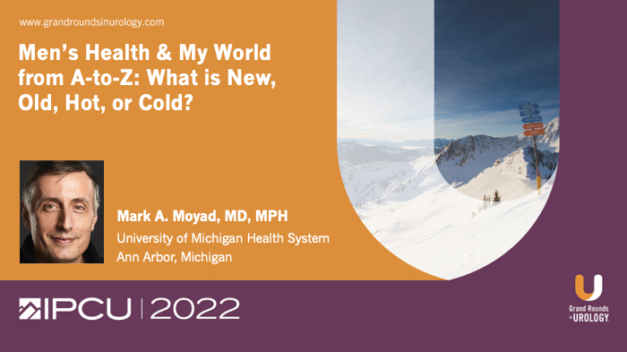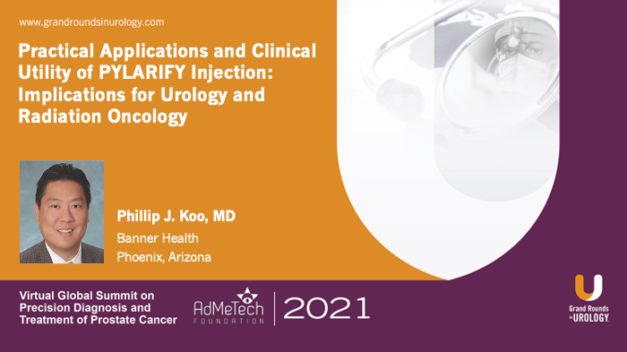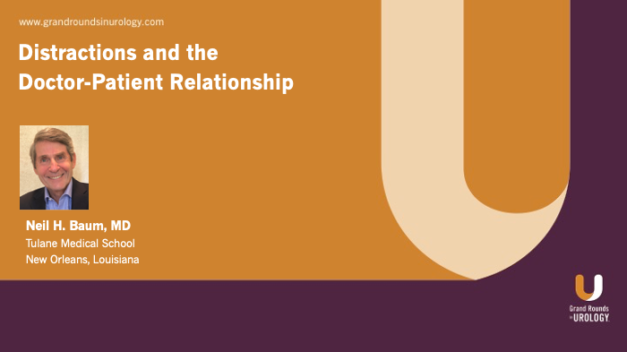Generating Patient Referrals
Grand Rounds in Urology Contributing Editor Neil H. Baum, MD, Professor of Urology at Tulane Medical School, provides thoughtful advice for generating patient referrals from physicians and non-physicians. He encourages physicians to personally meet all referring physicians, share up-to-date practice information, and offer value-adds such as providing a brief written summary to a medical question.
Read More
